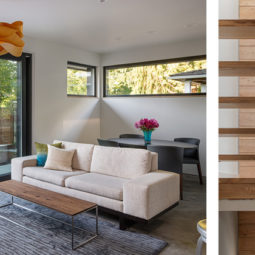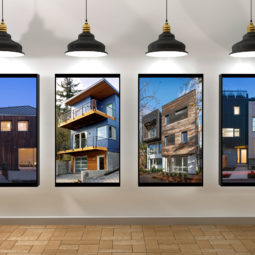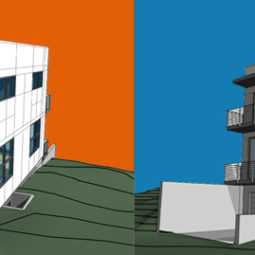Park Passive House
Seattle, Washington
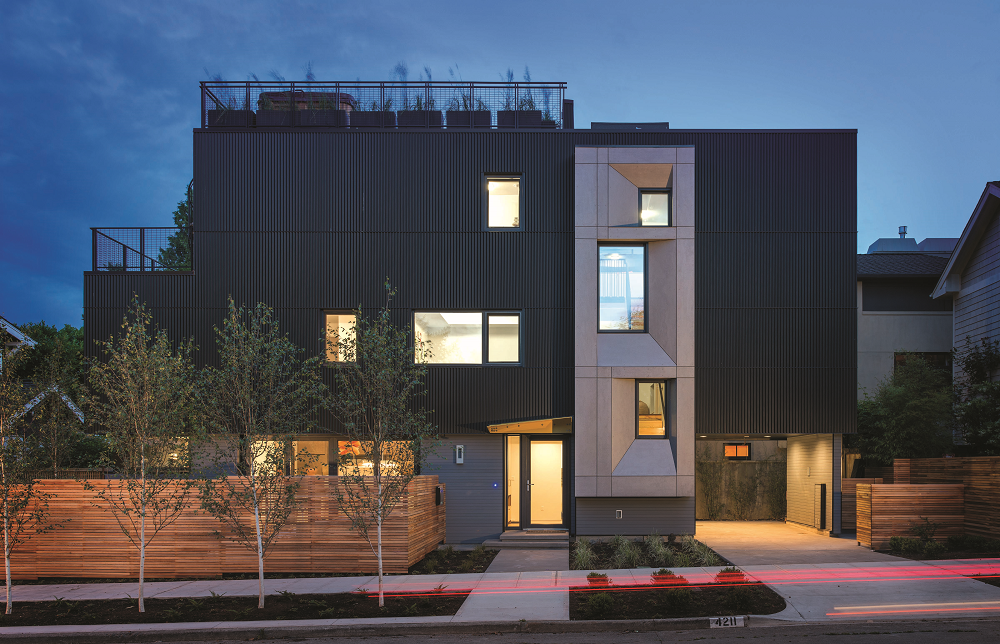
He is a Seattle builder who tries to push the envelope of green design; she runs a top public relations firm in the bustling seaside city. So when Sloan Ritchie and Jennifer Karkar Ritchie set out to design and build their own home, they wanted it to be a model of sustainable, healthy living.
The pair opted for a passive house, a building style that is increasingly common in Europe and is now gaining popularity in North America. Put simply, these are ultra-low energy buildings that require almost no heating or cooling, and use almost no energy from fossil fuels to heat air or water.
In fact, the Park Passive home’s heating system, when turned up to high, only consumes about the same amount of electricity as a hair dryer.
That’s no small feat: especially in a wet, chilly climate like Seattle, it meant triple-paned windows, plenty of insulation – in some spaces up to 28 inches thick – and a complex ventilation system. But the design wasn’t just about going green. With two young kids, the couple also wanted to ensure the home was as healthy as possible. And while many expect that level of green to take a big bite out of their budgets, Sloan Ritchie says it only cost roughly 5 to 10 percent more than a conventional house – and energy bills are a fraction of what they used to pay.
Heating/Cooling/Air Filtering: Because the home is so tightly sealed for energy efficiency, a top-notch ventilation system was essential. There are actually two systems: a ductless mini-split (or heat pump), which uses roughly two-thirds less energy than a typical heating system, as well as a heat recovery Ventilator, or HRV that continuously delivers fresh, filtered air in and exhausts stale air out.
Flooring: On the ground level, the pair opted for polished concrete – a durable surface that requires no maintenance, offers a sleek, timeless look, and avoids the dust mites, mold and VOCs (volatile organic compounds) that come with carpeting. The stairs are hardwood, taken from an ash tree that had to be removed from the site, and that the pair had milled. Upstairs, the flooring is solid bamboo, with ceramic tile in the bathrooms.
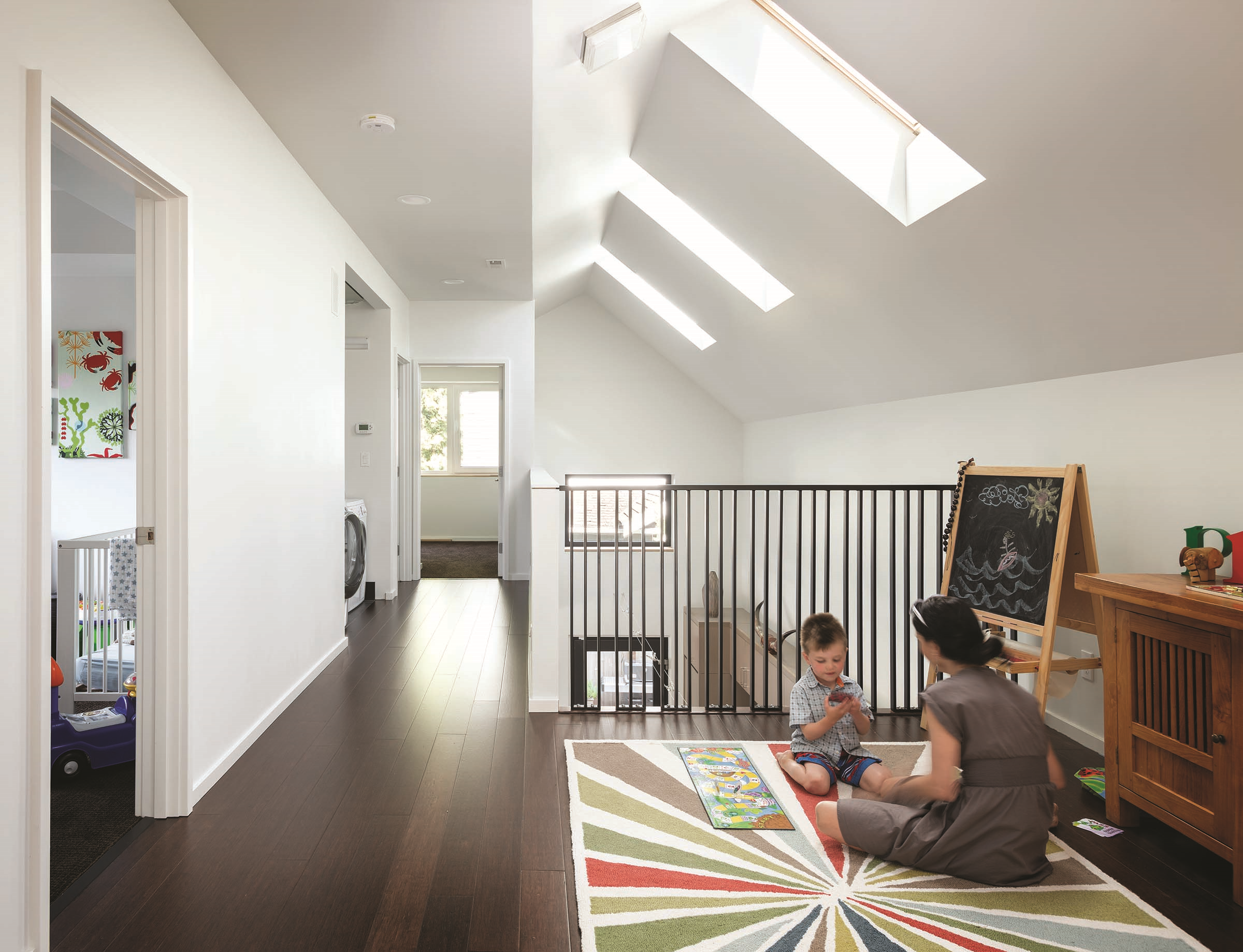
Cabinets and Counters: Kitchen and bathroom cabinets were locally made from plywood boxes with a rift white oak veneer. The bathroom counters are a glowing Caesarstone quartz, while the kitchen counters are custom fabricated stainless steel, which has been coming back into vogue. “They’re great,” says Ritchie. “They get a nice patina and they’re really easy to work with. You can even put a hot pan right on it.”
Wall Finishes: The walls are gypsum board (or drywall), painted with Sherwin Williams’ ProMar 200 – a professional-grade zero-VOC interior paint. Some accent walls also feature wood panels made from the ash tree removed from the site.
Insulation: The main aim of a passive house is to limit energy use, so insulation is key. The Park Passive house features a whopping eight inches of EPS foam insulation underneath the slab foundation, as well as blown-in dense-pack fiberglass in the walls. There’s also a 5.5-inch layer of dense-pack fiberglass insulation on the interior wall, and another nine inches to the exterior, for a total of 15 inches. And while fiberglass often gets a bad rap for its formaldehyde content, Ritchie made sure theirs was formaldehyde-free.
Extras: The three-story modern home also features a day-lit open stairwell, double-height vaulted kitchen ceilings and an open floor plan. But what’s really jaw-dropping is the efficiency: it uses 90 percent less energy than a typical home.
“One of the things I like the best is it is very quiet, because we’ve got triple-paned glass, very thick walls and it’s airtight,” says Ritchie, who now builds similar homes for clients. “Even if it’s cold and dark outside in winter, it feels very comfortable inside because there are no drafts. You can wear shorts around the house year-round, it’s so comfortable,” he adds with a laugh. “It’s just a great place to live.”
You can read the rest of the article here.


